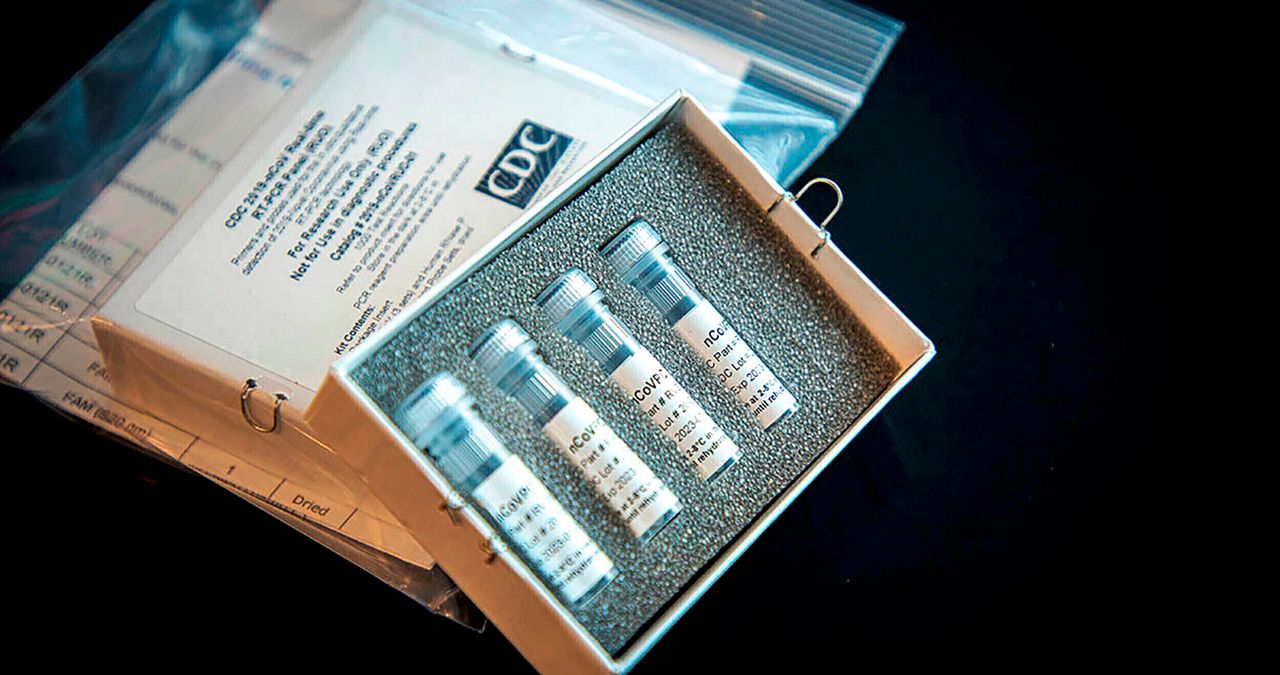I may have coronavirus. I may not. It’s become nearly impossible to find out.
“Whether a test result is positive or negative for you, it doesn’t really make a difference.” That’s what I was told by a doctor at New York City Health and Hospitals, the city’s public hospital system, when I followed up on my request to get tested for the virus. This was after three prior attempts to schedule an appointment through both the state and city health departments.
- LIVE UPDATES: Coronavirus in New York City
- What We Know About the Coronavirus
- CDC Coronavirus Page
- WHO Coronavirus Page
The end result: no appointment and no test. I likely won’t get tested and if I do it will be long after I’ve recovered.
It’s been more than a week since I first started exhibiting coronavirus-like symptoms, and almost a week since I submitted a request to get tested.
I started feeling sick at work last Tuesday. I got to the office at 4:30 a.m. to produce One New York, NY1’s live call-in show, so as you could imagine I was already tired from the early call time. Throughout the morning I started to cough and sneeze, but I didn’t think much of it. I’m a sneezer. Anyone who knows me knows that I sneeze A LOT, so it didn’t seem out of the ordinary at the time. And the control room is always cold so the “chills” I felt seemed like a normal reaction to the temperature. It wasn’t until the end of my shift when I really started to feel run down. I cloroxed my work station, left work early, and 40 minutes later found myself bedridden. At that moment, my thought wasn’t “oh no, I’m sick,” it was “oh no, who else did I infect?”
And soon enough I’d find out.
Since New York was put on “PAUSE,” I’ve been staying with my parents, sister, and brother. We’ve been using the same kitchen, the same bathroom, the same living space. According to the Center for Disease Control, the incubation period for coronavirus is anywhere between two and 14 days. Now, I don’t know if I have coronavirus, and I don’t know if I was the original carrier, but what I do know is that what I have is contagious. We are all sick.

Body aches, chills, headaches, coughing, sneezing, fatigue, anosmia. We all have variations of these symptoms. My mom’s cough is by far the worst. My loss of smell and taste is the most severe. We’re all at different phases, but we’re all on the road to recovery. Health officials say that approximately 80 percent of people with coronavirus will have mild cases. Thankfully, if we do have it, we are part of that group.
But, it’s also possible that we don’t have it. Not knowing makes it worse. I’m scared that my mom’s cough will intensify. I’m scared that I may have infected someone who is now asymptomatic and infecting others. If I don’t have it, then what do I have?
The process to get tested has been frustrating, to say the least. It's gone something like this: Fill out the online assessment form; Call the hotline number; Wait on hold, then wait some more; Get transferred to this person; Get put on hold again; Get transferred again. It’s a cycle that leaves you right where you started.
Finally, on my fourth attempt in five days I got dispatched through to that doctor at New York City Health and Hospitals. He took down my information, date of birth, and we spoke at length about my symptoms. After all that his advice was: don’t get tested, stay home, and isolate for 14 days.
Of course I should’ve known that. The automated message when you call the city’s health department says that they’re only testing patients who require hospitalization. But, what about the drive thru locations? We live in Queens -- the borough with the highest number of confirmed coronavirus cases and the most coronavirus-related deaths. My family is lucky enough to have a car, we can all go together and get tested in one shot. Simple enough.
Not quite.
According to the doctor, health care workers must wear personal protective equipment (PPE) when administering tests, and in an effort to preserve much needed supplies, they don’t want to waste them on people exhibiting mild symptoms. So self isolate and take care.
I get it. I do. Doctors, nurses, and health care workers on the front lines need to be safe and protected when treating patients. Their health and safety is just as much a priority as the patients they are treating, and there is a serious shortage of PPE. But this domino effect won’t help curb the spread of the virus, even if people adhere to social distancing rules. After all, we haven’t even reached the peak yet.
My family and I will stay quarantined. We will follow the rules. We will continue to act as if we have the virus. We will try to get tested elsewhere, if possible, but we may be in the clear by the time that actually happens. There are more than 83,000 known cases of coronavirus statewide. Imagine how many more there would be if every person was tested.
